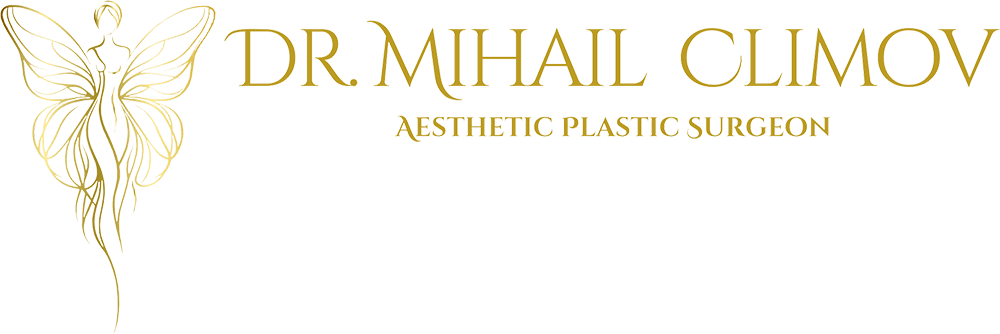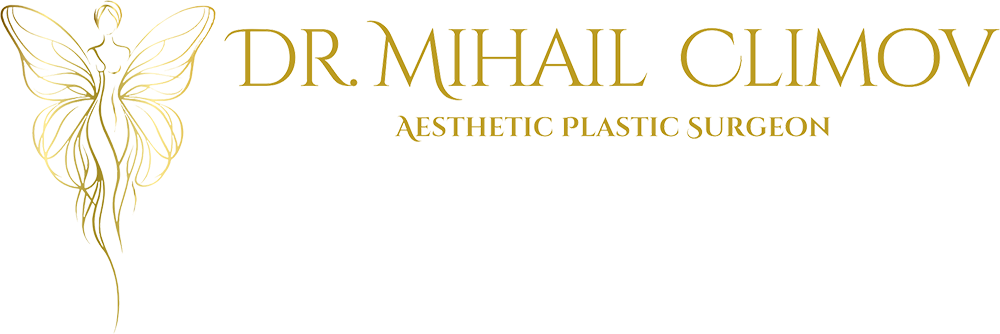Main Content

Calf sculpting at Integrated Aesthetics
Calf sculpting enhances the shape and proportion of your lower legs using implants or fat grafting. It’s ideal for individuals who want to improve calf definition, correct asymmetry, or address medical conditions affecting leg development.
At Integrated Aesthetics in Spring, TX, Dr. Mihail Climov offer customized calf sculpting procedures to help you achieve a more balanced and aesthetically pleasing lower body.
What is calf sculpting?
Calf sculpting enhances the shape and proportion of the lower legs. Some people seek the procedure for cosmetic reasons, such as adding definition or improving symmetry, while others choose it for reconstructive purposes, particularly if they have a medical condition affecting calf development.
Patients choose calf sculpting for several reasons:
-
Improves leg proportions: The calves appear fuller and better balanced with the rest of the body.
-
Enhances confidence: Many patients feel more comfortable wearing shorts, skirts, or swimwear after the procedure.
-
Offers reconstructive benefits: Individuals with medical conditions affecting calf development may achieve better symmetry and mobility.
Calf sculpting options and recovery
There are two main approaches to calf sculpting, each designed to achieve different aesthetic goals:
-
Calf implants: Solid silicone implants are surgically placed over the inner and/or outer calf muscle to add volume and definition. This is best for individuals seeking a more sculpted, muscular look.
-
Fat grafting: Fat from another body part is injected into the calves to create a fuller but softer appearance. This option provides subtle enhancement with a more natural feel.
Recovery typically requires two weeks off from work and about six weeks for full healing. Patients should follow these post-procedure guidelines:
-
Manage swelling and discomfort: Pain medication may be prescribed, and swelling is expected during the initial healing phase.
-
Keep legs elevated: Elevating the legs for the first few days helps reduce swelling and promotes circulation.
-
Avoid strenuous activity: Heavy exercise and excessive walking should be limited until cleared by your doctor.
Most patients can return to normal routines after two weeks, though full results will continue to develop over several months. Following aftercare instructions is key to a smooth recovery.
Schedule your consultation today
A consultation is the first step in determining if calf sculpting is right for you. During this appointment, Dr. Mihail Climov will assess your calves, discuss your goals, and recommend the best approach based on your desired results. You’ll also receive detailed information about the procedure, recovery, and expected outcomes.
To learn more, contact Integrated Aesthetics or visit our calf sculpting page. Our team will guide you through every step of the process and answer any questions you may have.
Frequently asked questions
Calf sculpting enhances the size and shape of the lower legs using implants or fat grafting. Implants provide a more defined, muscular look, while fat grafting offers a softer, natural contour.
Good candidates include individuals looking to improve calf definition, correct asymmetry, or address medical conditions affecting calf development.
The surgery typically lasts one to two hours, depending on the technique used.
Most patients need two weeks off from work and about six weeks for full healing. Strenuous activities should be avoided during this period.
As with any surgery, risks include infection, scarring, and changes in sensation. Choosing an experienced surgeon minimizes these risks.
Results are long-lasting, though natural aging and lifestyle factors can affect the outcome over time.
Scarring is minimal and typically well-hidden in natural cases of the legs.
Yes, it can be performed alongside other body contouring treatments for a more comprehensive enhancement.
The procedure is done under local anesthesia with sedation or general anesthesia, depending on the complexity.
Pre-operative instructions may include avoiding certain medications and arranging for someone to assist you after surgery. Your doctor will provide specific guidelines before the procedure.

